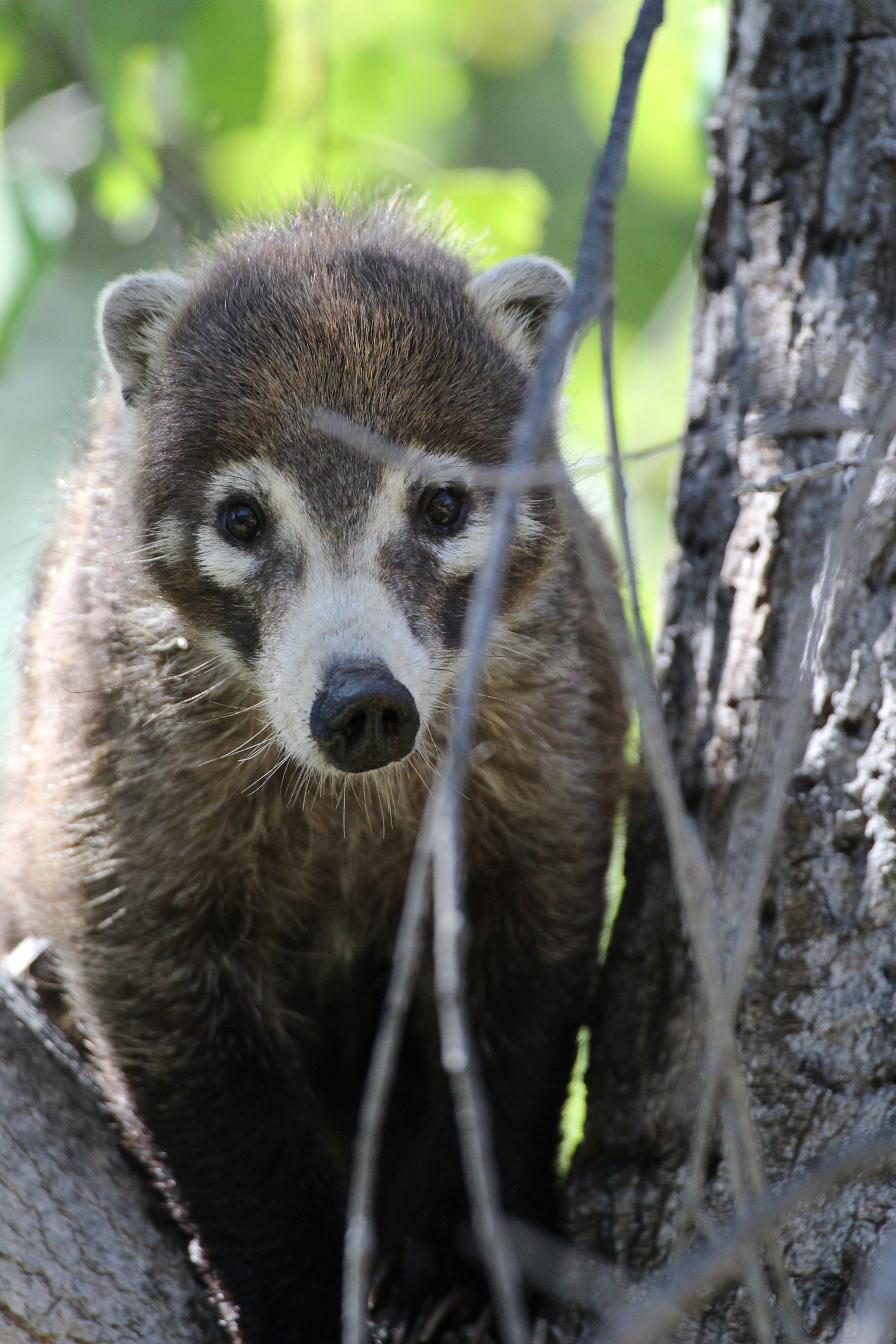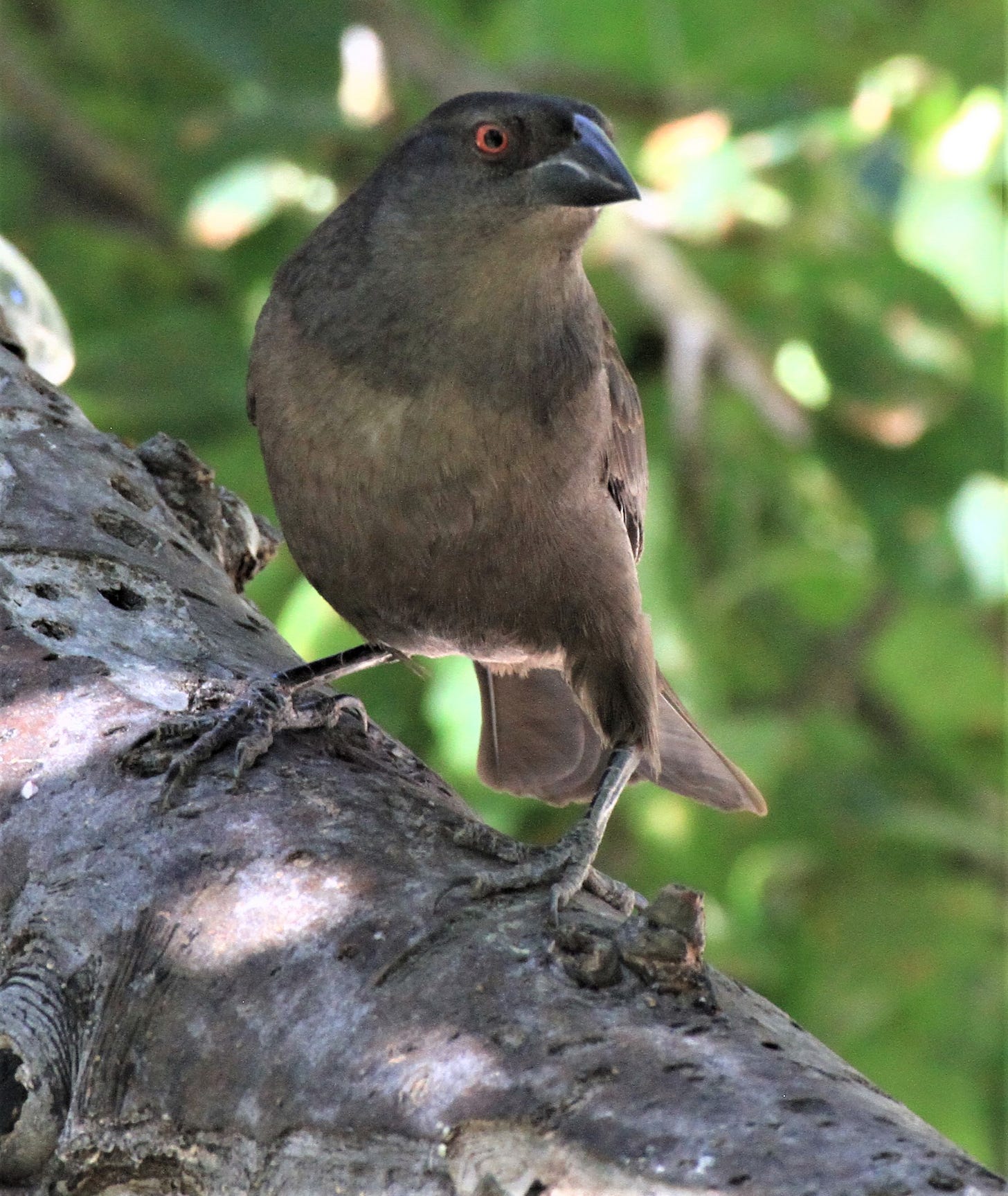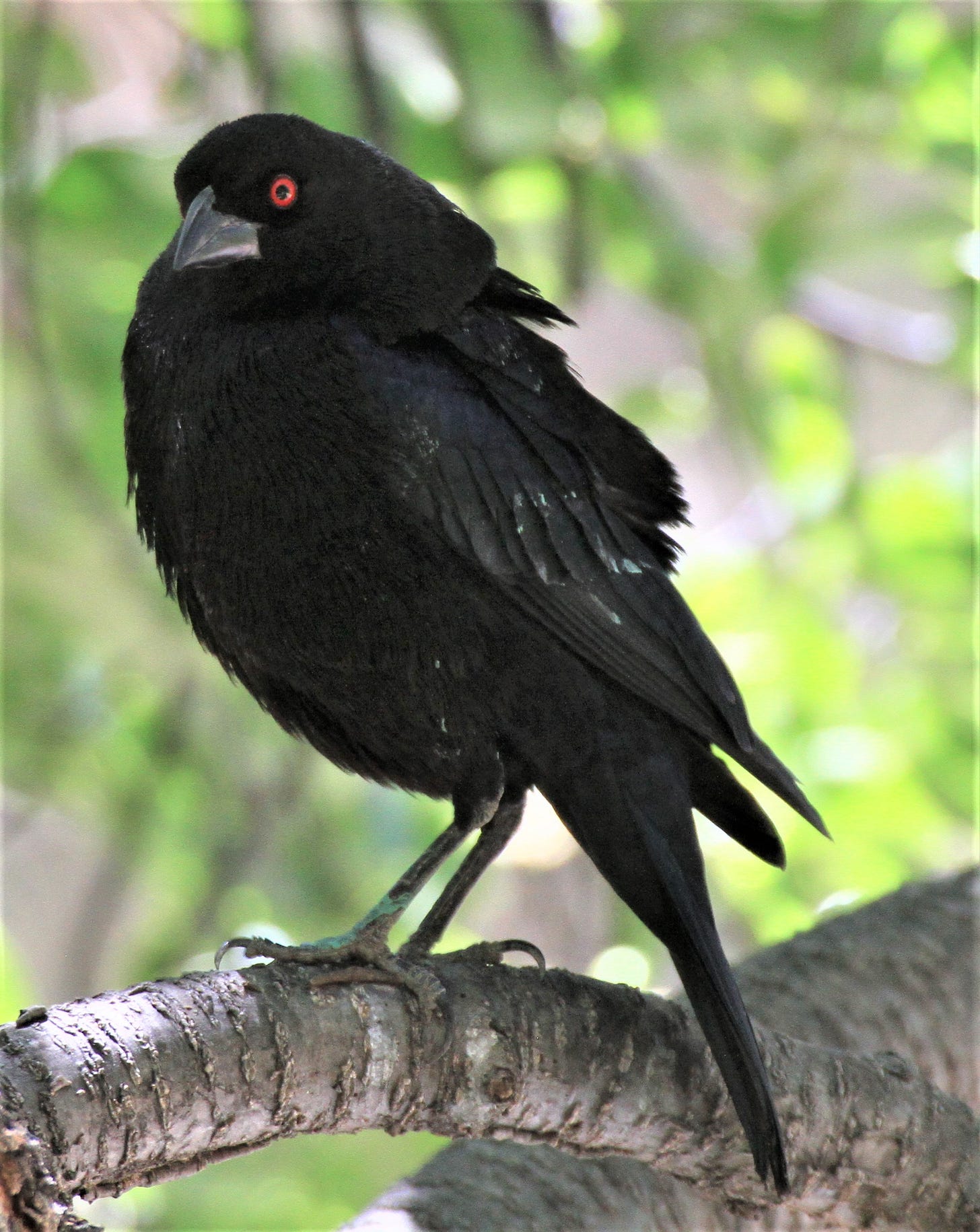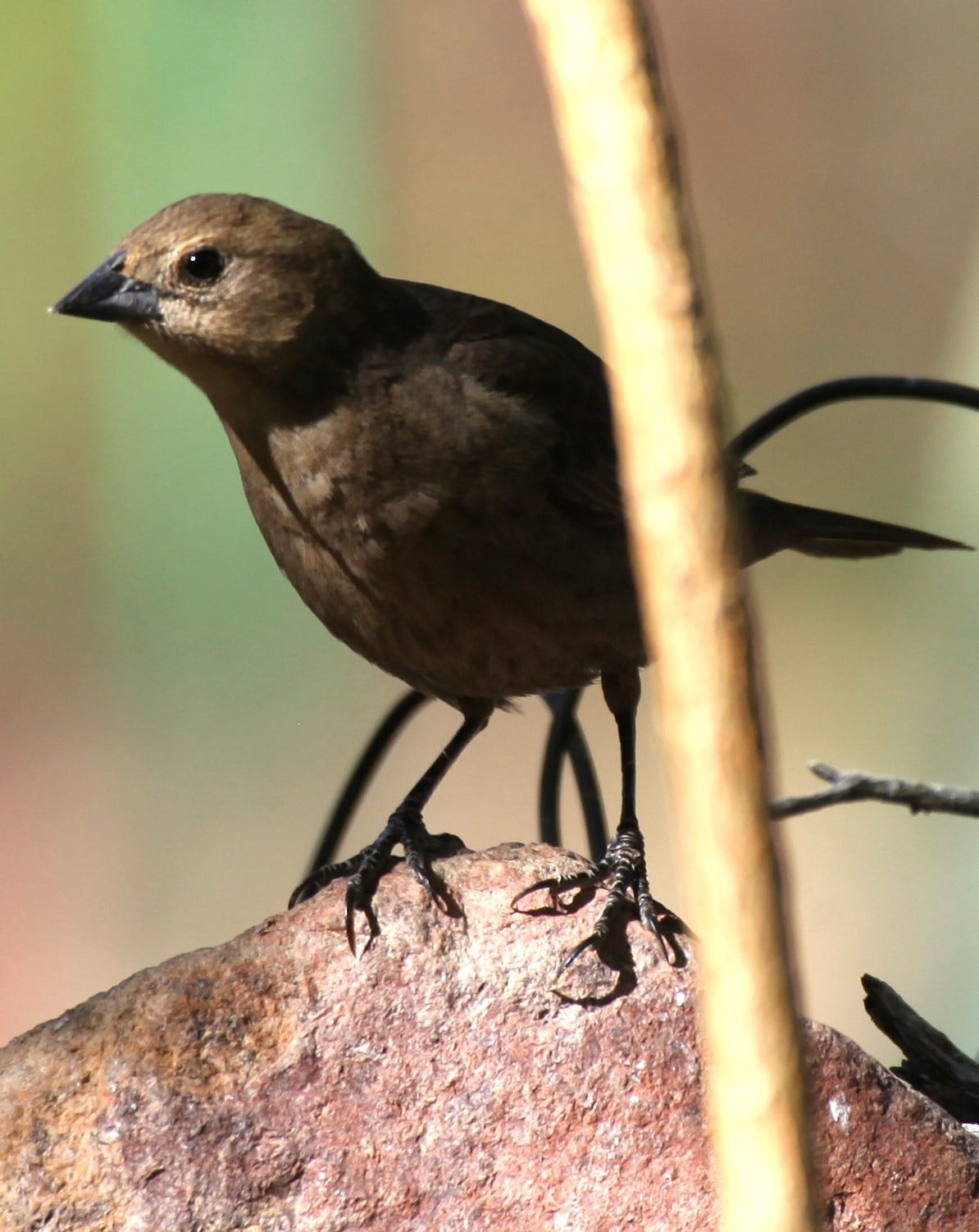May 17, 2024
This past week, a nightcrawler has been at the oriole and tanager station, scurrying along the fence top to chew on orange rinds and lick clean the jelly dish. Skunks don’t climb, at least acrobatically. A coati could easily manage the feat, but they prefer daylight for grubbing. The wife is complaining about noises in the attic—not the normal chewing of rats and mice but the heavy thumping of a larger varmint.
“I’ll bet the possum is back,” she told me with a tone that said, “Do something.” Last November, I caught a Mexican opossum, the first one I’d ever seen, in the chicken coop. The native marsupial (Didelphis virginiana californica), a subspecies of the more familiar Virginia opossum, ranges only as far north as the sky islands of southern Arizona, including, apparently, the Mule Mountains.
Mostly because I was curious, I set the trap and baited it with orange halves, grape jelly, and a nice ripe slice of mango. Irresistible. And last evening, there it was—all pointy snout and toothy grin, patiently waiting in the trap for another ride down to the new property where it would receive a boost into a tree and a free apple.
This morning, the oranges and jelly remain in their place for the birds. Right now, the cowbirds. Two kinds of the so-called “brood parasites” have descended in droves upon the yard: the fiery-eyed and black-cowled bronzed cowbirds wearing bills like those of plague masks, and the smaller dark version with the brown head. Both have recently arrived here from Mexico to begin courtship, the females laying their eggs in the nests of other birds, who raise baby cowbirds with their own young as a marvelous wonder of evolution.
I admit, as I’ve said before, I have a thing for cowbirds. Call it an affliction.
Bronzed cowbirds lay eggs in the nests of 82 species, including warblers, tanagers, and orioles—especially hooded orioles like the pair that visits my oranges and jelly each morning. Brown-headed cowbirds take it to the next level, laying eggs in more than 220 species, mostly gnatcatchers, warblers, and vireos. They may lay 40 to 60 eggs in a season.
Which is why some birders revile them, blaming them for harming endangered species like Kirtland’s warblers and black-capped vireos, although evidence shows habitat loss and fragmentation play a much larger role in songbird declines.
Easier to blame cowbirds than people, I suppose.
But here’s what’s really interesting: In a study from the University of Florida, researchers found that brown-headed cowbirds will destroy nests they had previously laid eggs in if the host birds eject the cowbird eggs. The researchers called this “mafia retaliation” because it forced the host birds to raise cowbirds if they wanted to raise their own chicks. Sounds awful. But. By complying with the cowbirds, the hosts—those endangered warblers and vireos—also produced significantly more offspring. Can you say “counterintuitive?”
I hear a voice in my head that sounds like Christopher Walken.
Something about a fever. And the only prescription is more cowbird.
Thanks for Subscribing! With yesterday’s Indigo Bunting (male), the yard now stands at 96 species for the month. Only four more to go!











Great cowbirds, wish they made it to the California coast. May need to make another trip east. We had a tree rat that was wrecking havoc on the vegetable garden. It are the bird seeds we hung on the tree. Now it’s gone, the neighbors cats took care of it before I could trap it and relocate it.
Love this. You will get your 4 and then some! More cowbird, indeed!! 👏🏼👍🏽🙏🏽